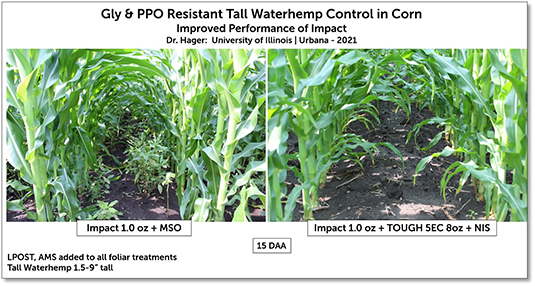2,4-D: Thoroughly Tested, No New Challenge
Jim Gray, executive director of the Industry Task Force II on 2,4-D Research Data, sent the following letter to the editor to the Billings (MT) Gazette in response to its article regarding 2,4-D herbicide. The task force and its member companies were concerned that the report on the Natural Resources Defense Council’s (NRDC) latest effort to have 2,4-D banned provided an incorrect message that NRDC has new evidence against this longtime and oft-tested herbicide.
An edited version of the article was picked up by CropLife eNews in last week’s issue (“Approved Herbicide Under Fire”), so Gray shared the letter with us. (We’ve added the spelled out versions of the acronyms for clarification.)
To the Editor,
The article, “Enviro group asks EPA to end approval of herbicide 2,4-D” Billings Gazette, April 8, 2009, stands in contrast to published regulatory decisions. The Industry Task Force II on 2,4-D Research Data and the many users of 2,4-D are proud of the more than 300 state-of-the art GLP (good laboratory practice) mammalian toxicity, ecotoxicity, environmental fate, and residue studies that support 2,4-D registrations. EPA’s recent Re-registration Eligibility Decision of 2,4-D thoroughly reviewed this data base against the demanding registration, food, and children safety standards of FIFRA (Federal Insecticide, Fungicide and Rodenticide Act) and FQPA (Food Quality Protection Act) of 1996. As well, other governmental authorities, such as Canada’s PMRA (Pest Management Regulatory Agency) and the EU’s (European Union) pesticide regulatory authority, have given 2,4-D a clean bill of health.
Simply put, few pesticides, indeed few substances, have been so thoroughly tested and so often reviewed by authorities worldwide as the herbicide 2,4-D.
The NRDC petition raises no new issues that have not been thoroughly considered by others before and, significantly, raises no new evidence. We are confident that the Agency will deny the petition and reconfirm its 2005 decision that when used according to its label directions, 2,4-D meets FIFRA and FQPA standards for registration and residue tolerances.
I invite readers of the Billings Gazette to visit www.24d.org, where the above-noted decisions and many other expert reviews have been made available to the public.
Regards,
Jim Gray
Executive Director
Industry Task Force II on 2,4-D Research Data
[email protected]
800-345-5109
www.24d.org






